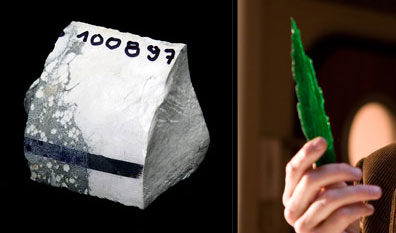Unsurprisingly, there’s lots of fuss about the new planet discovered around the red dwarf Gliese 581 (read the European Southern Observatory press release here). Planets, I should say, because they’ve actually confirmed two more in a system where they’d detected one already. The Gliese 581 system is now known to consist of:
- One 15 Earth-mass planet, orbiting the host star in 5.4 days.
- One 5 Earth-mass planet orbiting in 13 days.
- One 8 Earth-mass planet, orbiting in 84 days.
(new discoveries in bold; more details here)
It’s the smallest of the two new discoveries which is hogging the limelight, because its orbit is within the zone where temperatures allow the presence of liquid water. It doesn’t mean that there is any there, of course. In fact, a mass doesn’t give us much to go on in terms of what it’s actually like.
What I find more interesting is the more general trend we’re seeing in exoplanet discoveries. It’s only been a decade or so since we knew for sure that other planetary systems besides our own actually existed, although our instruments were only sensitive enough to detect “hot Jupiters” whose orbits grazed the surfaces of their host stars. But as we’ve gradually developed more sensitive detection techniques, we’re discovering less massive planets, with larger orbits, and even multiple bodies within the same system (although the lower relative mass of the star also made things easier in this case). Clearly, what we’ve seen up to this point is a very selective view of what’s out there, biased by the limitations of our telescopes; and suggests that as soon as we get the ability to detect smaller bodies in planetary systems more like our own, there’s a real prospect that we will indeed start finding them.
Now all we need is a telescope big enough to do some extrasolar geology with…






Nice plan for content warnings on Mastodon and the Fediverse. Now you need a Mastodon/Fediverse button on this blog.